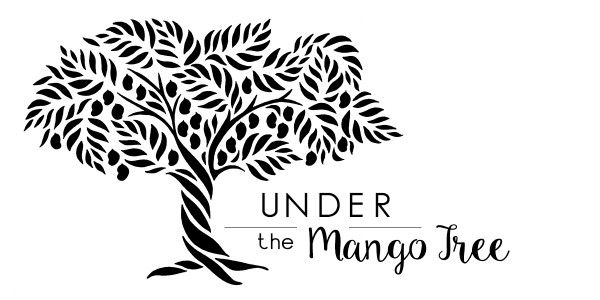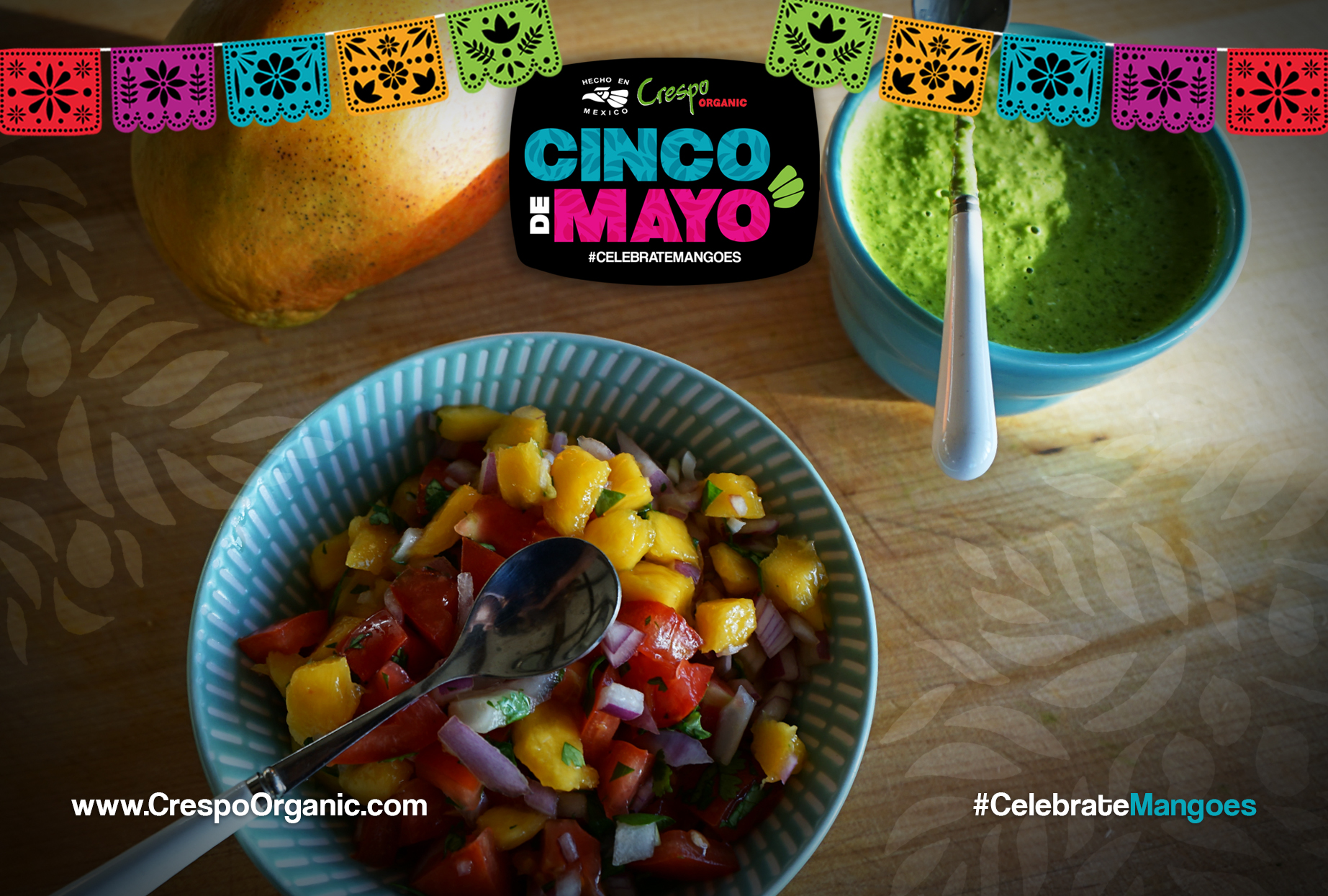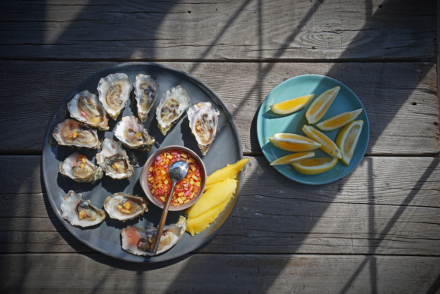Women’s History Month, Women’s Day and a Woman’s Work
It’s in the best interest of the industry to prioritize the meaningful inclusion of women in all facets of our business, especially positions of power and decision-making. The rich and intricate knowledge held by women remains an underutilized resource and, in a world, where resources are becoming increasingly scarce, neglecting this valuable asset, appears to me, a form of maleficence.
We grow and sell food and it’s a fact that women know more about food than men. From farm to fork, orchard to table, we all benefit instantly from the inclusion of women. I want to focus on one specific, personally significant space in which women’s knowledge and real life experience is often overlooked in our business —women’s culinary prowess. The culinary expertise of women is a rich treasure trove, directly influencing and contributing significantly to the overall chain’s profitability and sustainability. This impact extends all the way to consumers, ensuring they experience ultimate value, top-notch quality, and an optimal level of excitement – or, in the language of mango enthusiasts, #mangojoy.
Patriarchal placement put women in the kitchen and it has also unequivocally ignored the incredible insight and wisdom they gained from being put there. In our business of growing food and selling food it seems so ludicrous that women still have to fight for inclusion in particular in this light.
Most in our industry are unaware of my extensive history in this business and even fewer are knowledgeable of how my work with global farmers has always been intricately entwined with the culinary world. Very few have asked me any questions about how I came to where I am. Most have no idea about my extensive culinary prowess or how difficult it has been to get my two careers (food and agriculture) to collide and connect as they should. Most view me as complex and certainly on the aggressive spectrum due to my reluctance to adopt conventional roles. Few understand my prowess when it comes to understanding the entire chain and especially the two most important parts of the chain, where it starts (farmers and farming communities) and where it ends (consumers). I have had to carve out every tiny morsel of inclusion and these days and have finally managed a semblance of influence in the industry, although it’s more of a pushing nature, but one that aligns with my values and drives us to pay more attention to not just the farmers but the food and culinary aspect of our business as well. My advice on this day is for all of us to take a closer look at the importance of the culinary side of what we do, and acknowledge the valuable insights that women bring to the “kitchen” table.
This year’s women’s day theme revolves around inclusion, a concept familiar to women who understand it as something hard earned through substantial time, energy and grit, and something much easier attained by their male counterparts. I play the game of celebrating this “day” every year but I’m careful never to offer it much “lip praise”. I want lend my voice and try and balance my sincere respect and appreciation for the many smart and talented women I work with on both sides of the border by trying to offer a unique vantage point to their realities and while acknowledge them for their hard work and contributions.
Mostly I feel obligated to speak my own personal truth and point out the disparagement and realities of the real struggles women face with my own personal stories and experiences as a way to figure out how to lay a better path to greater progress- or what I consider, real inclusion- more equity and more power. I think women deserve that I go beyond the superficial tokenism often associated with this day, not merely in enhancing the appearance of inclusivity, but by promoting greater empowerment for women across all facets of the agricultural industry with truth. Anything less than a genuine commitment to these principles amounts to mere tokenism, in my opinion.
In today’s truth I’m simply pointing out the obvious specifically when it comes to decision making and directional ideology when it comes to the final {culinary} link in our supply chain: food, cooking and eating as it pertains to our industry. We are missing an opportunity for greater success by ignoring the culinary expertise of so many women.
79% of women are the primary food shoppers for their household. In the US, women account for 85% of all consumer spending and are responsible for a growing number of significant buying decisions, including 93% of all food purchases.” Worldwide, women cook twice as much as men. Gender imbalance is always problematic but seems ludicrous against the backdrop of these figures.
I can write with great knowledge about any angle of disparagement to women in our industry, but I have always been so incredibly perplexed that most the decisions in our industry (which is food) are made by men who have never shopped for food, or had to cook for their family, or even cooked for themselves.
A story from a decade ago pops into my mind to paint this picture. I attended a meeting delving into the challenges surrounding organic ginger, a time when it hadn’t yet gained the mainstream popularity it enjoys today. The objective was to tackle three key obstacles in the organic ginger industry. The main problem being how to sell more ginger. Cost wise it only made sense to buy full containers, which is a lot of ginger, considering consumer usage is often in teaspoon measurements. Old ginger gets wrinkly and isn’t appealing to consumers. You know the drill.
The second challenge addressed the perennial issue of incorrect register ring-ups for organic produce. The PLU sticker, heavily relied upon in our industry, refused to adhere to ginger. Consequently, many retailers opted against carrying the organic SKU, exacerbating our dilemma…… to sell more ginger.
Linked to this was the third challenge: consumer awareness. Shoppers had yet to grasp the culinary potential and health benefits of organic ginger, resulting in a reluctance to buy it and an aversion to paying a premium for organic.
In that meeting, there were ten men and me, and not a single one of the men engaged in regular grocery shopping or cooking. None of them had experienced the jungles of Peru and the cultivation and harvesting of ginger. I was the only one who not only frequented grocery stores, particularly the organic types we were targeting, as a regular shopper but also actively engaged in cooking, including being a cooking teacher with access to hundreds of cooking students, who were regular people and shoppers sharing their experiences with me. I was also the only one present who had ventured to Peru, and therefore the only one with valuable insights into the origin of the ginger we were discussing.
My idea (remember this was ten years ago) was to put some ginger in a net bag with a cardboard tag- UPC’d with some basic ginger info on it. Further, we’d streamline marketing through both in-store displays and virtual campaigns, providing consumers with instructions on storage, preparation, and usage, complete with basic recipes. With this well-rounded strategy, we could effectively market the UPC-tagged item to any retailer of our choice organic or conventional. This comprehensive solution not only addressed all the problems, but it added substantial value for consumers, surely making them willing to pay more for the product. (Today this idea is mainstream.)
I was poopooed and dismissed for my ideas. Women know what this feels like. They said my idea was too costly, impractical, and destined for failure. Doubts were expressed about retailers’ willingness to stock the product, along with a belief that ginger had limited sales potential. I was told “recipes are stupid.” Regrettably, the consensus among the men in the room, the non-shopping men, was to maintain the status quo. All ten men in that room understood clearly what that meant, growers would continue to receive minimal and lower returns, and consumers were left with old wrinkly ginger. The ramifications of not including women go beyond what most are calculating. In this story, ginger farmers and thus ginger farming communities got less money for their goods because a man though recipes were stupid. Shoppers got old ginger that was less potent and likely less nutritious. Let that sink in fully.
This narrative is just one among many in my career. Unfortunately, such decisions recur because we consistently overlook the insights of women, who are often not the decision-makers. There’s a broader connective issue at play – a failure to perceive our “goods” as food, much like our tendency to overlook women and farmers and farming communities as individuals. This oversight leads to a cascade of problems, undermining the very issues we claim to prioritize: improved quality and flavor, increased variety, fair compensation for farmers and farming communities, reduced food waste, and, above all, heightened profitability. Addressing these challenges requires a fundamental shift in our perspectives and a commitment to inclusivity and equitable decision-making.
It’s time we take women and women’s culinary work seriously.
A big thank you to Abasto magazine for taking me and my culinary work seriously in the retail arena! You will now all get to see my herbaceous and seasonal recipes in their magazine starting with this month’s current issue celebrating women!












No Comments